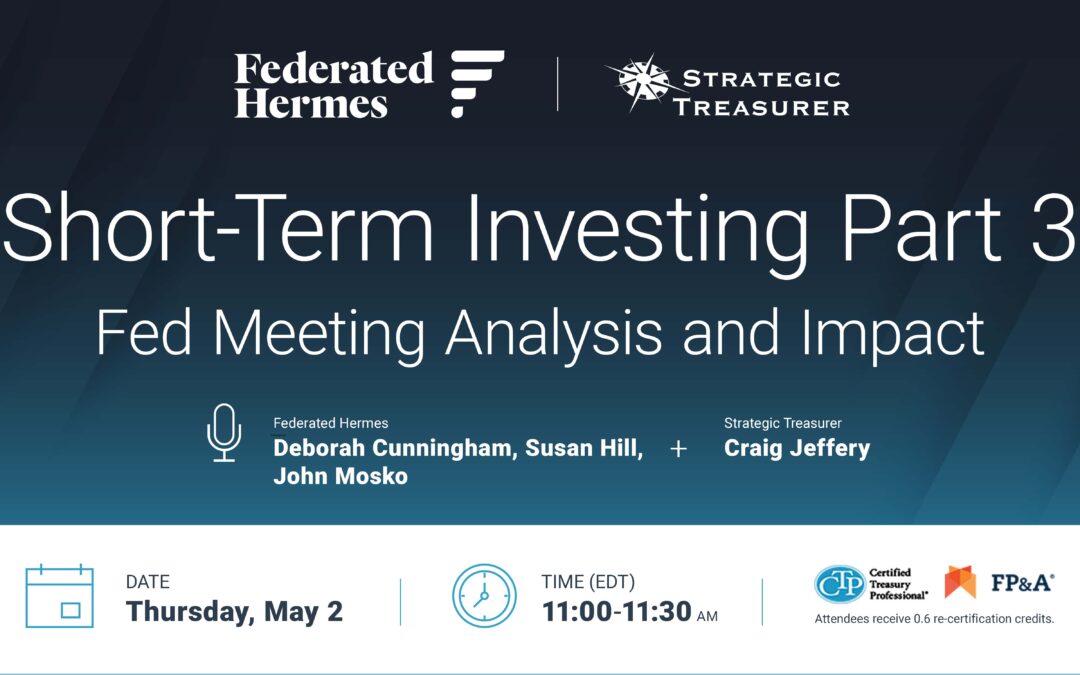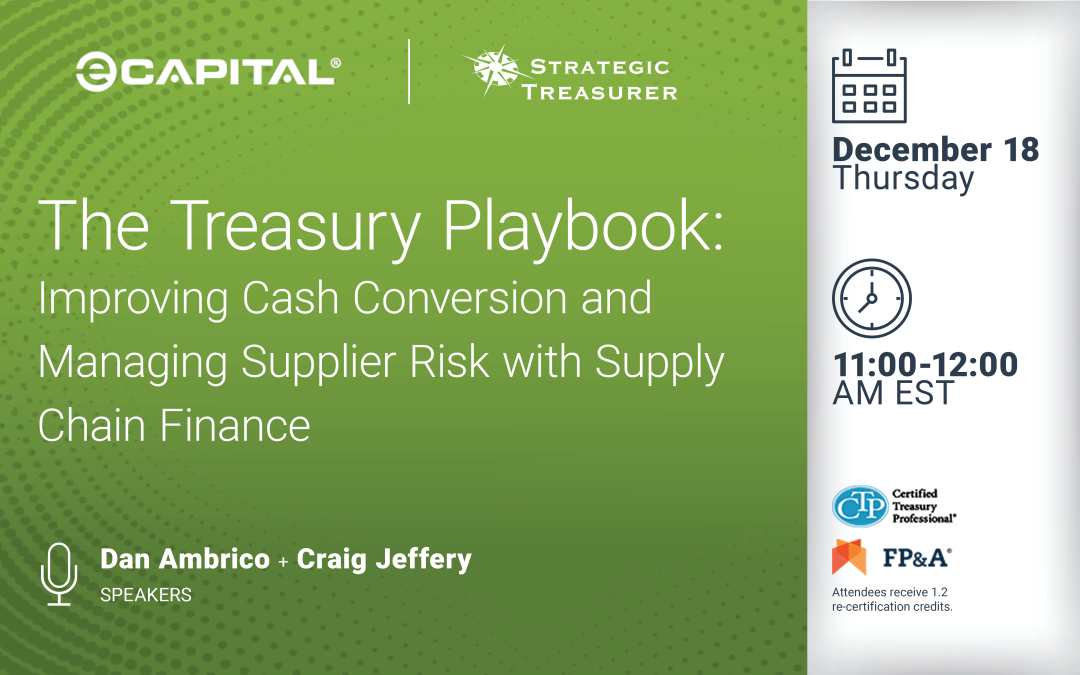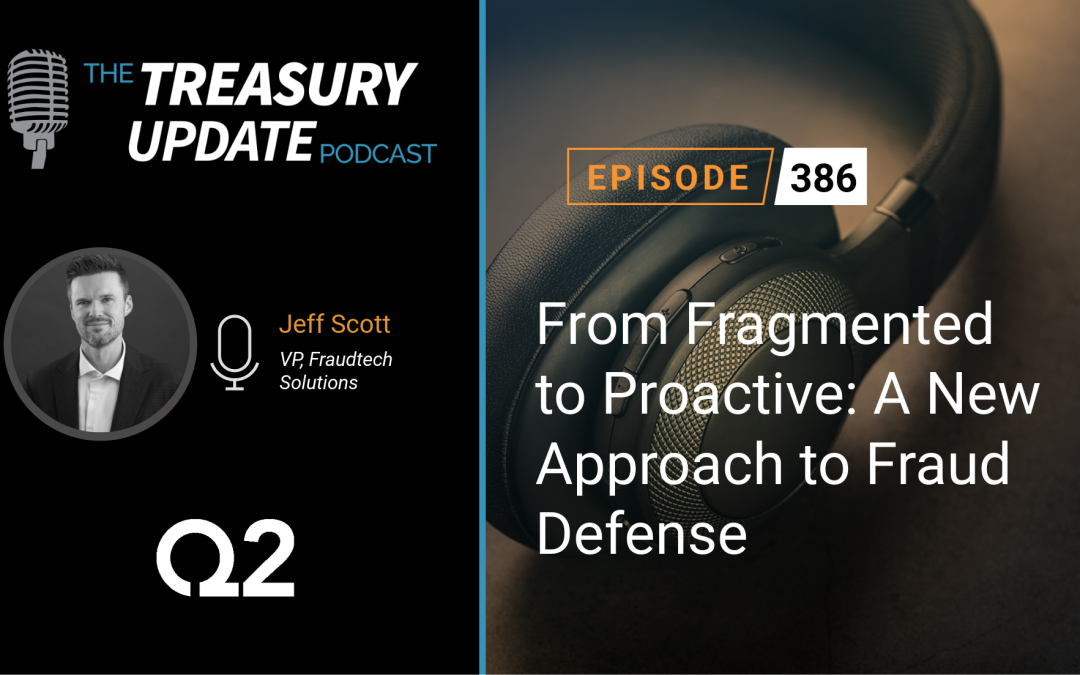
by Brian Weeks | Dec 1, 2025 | Podcast
Craig Jeffery talks with Paul McMeekin of Bottomline about the latest Treasury Fraud & Controls Survey findings and what they reveal about today’s threat landscape. From AI-generated fraud and deepfakes to payment rail changes and rising losses among small businesses, this episode covers practical defenses for a fast-evolving fraud environment.

by Brian Weeks | Nov 25, 2025 | Other
The White House and the Fed: Market Perspectives Going into Year-End Watch On-DemandDownload Deck As 2025 concludes, treasury and finance professionals face continued uncertainty surrounding monetary policy, market stability, and economic direction. This session will...

by Brian Weeks | Nov 24, 2025 | Replays, Webinars
Treasury teams are entering 2026 with increasing pressure on liquidity, credit availability, and supplier stability. In this fireside chat with eCapital, we will explore practical steps treasurers can take to accelerate cash conversion, strengthen supplier relationships, and maintain control in a shifting trade environment. The discussion will examine how tariffs and global trade policies are influencing working capital, and how a well-structured supply chain finance (SCF) program can enhance visibility, extend terms responsibly, and mitigate counterparty risk. We will also highlight how SCF and export-import finance (EXIM) can work together to support exporters and reduce trade exposure.

by Brian Weeks | Nov 24, 2025 | Podcast
The cost of fraud for banks and credit unions continues to rise, with every $1 lost resulting in nearly $6 in total costs once compliance, operations, and customer trust are factored in. In this interview, Jeff Scott with Q2 will explore how banks can address this growing challenge by shifting from fragmented, reactive defenses to a proactive “Fraud Intelligence” approach. He will discuss how data-driven insights, automation, and integration can reduce inefficiencies, cut the true cost of fraud, and strengthen both protection and customer experience.

by Brian Weeks | Nov 17, 2025 | Replays, Webinars
Market disruptions, from the 2008 financial crisis to the regional bank failures of 2023, reveal how quickly liquidity risk can threaten access to cash for treasury teams overexposed to leverage when markets tighten. What are the tools and instruments available to treasury teams that mitigate these liquidity and counterparty risks?
This session will provide a practical briefing on how treasury teams can strengthen their 2026 cash strategies and will explore the role of direct ownership of U.S. Treasury bills. Learn about different vehicles for access, common value leaks that erode returns, and how technology and automation can simplify access, settlement, and liquidity oversight.





